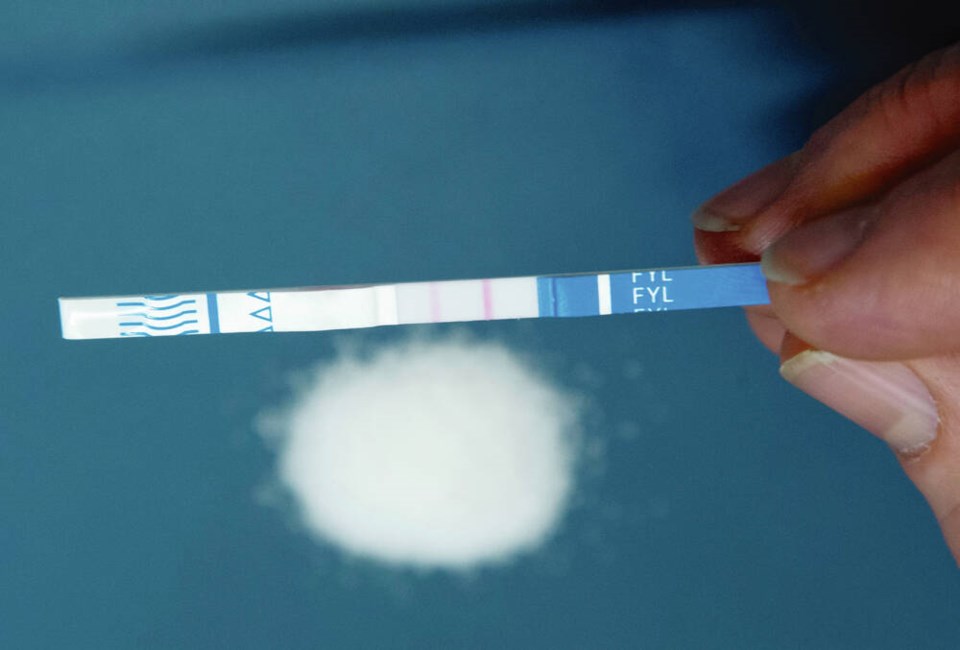A commentary by the past provincial health officer, who served from 1998 to 2018
Re: “Prescribed safer drug supply needs more research,” commentary, Feb. 14.
sa国际传媒 public health officials, the chief coroner, the sa国际传媒 Coroner’s Toxic Drug Death Review Panels, the sa国际传媒 Select Standing Committee on the Toxic Drug Crisis and numerous (but not all) addictions specialists have recommended an expansion of access to a regulated drug supply in order to separate persons at risk from the deadly, unregulated, illegal drug supply.
These recommendations are supported by emerging evidence from recently published studies of BC SAFER programs.
They have also recommended that such programs be regularly evaluated to assess intended benefits and discover and mitigate unintended outcomes.
This expansion is a necessary but insufficient component of developing a coherent continuum from primary and secondary prevention, through risk reduction to treatment and support options for people seeking them.
While existing evaluations show predominantly positive outcomes of SAFER supply, as Dr. Bonnie Henry notes, more data are needed to both improve programming and avoid unwanted outcomes.
However certain data items are clear.
Firstly, and importantly, is that other than anecdotal reports, there is scant evidence that opioids dispensed under SAFER protocols are getting into the hands of youth. Which admittedly does not mean that they aren’t or couldn’t.
But, and it is an important but, as the chief coroner notes there is no evidence of SAFER prescribed opioids leading to either increases in youth opioid use disorder diagnoses, overdoses or deaths.
The data to date in fact suggest the opposite.
Secondly, the critique of research showing significant declines in mortality risk in the week following dispensation is misplaced.
If prescribing safer supply prevents death or brain damage in the week following dispensation, it does suggest the prescription was consumed and not diverted and that compared to the person who uses toxic drugs, there is at least the possibility of living long enough to benefit from treatment.
Thirdly, individuals who are in gold standard treatment, such as opioid substitution therapy (some 24,000 people) in sa国际传媒, are mostly ingesting their medication under daily observation.
This practice interferes significantly with trying to have a “normal” life, care for family, attend work or attend school or college or retraining. Especially in parts of the province where geography makes such a requirement very burdensome.
The evaluation of SAFER actually shows that much of the opioids prescribed through SAFER are used by individuals in these treatment programs to manage crises.
With seven people dying every day in sa国际传媒, we need urgent action. And it needs evaluation. But please, base this action on available evidence, and not on scaremongering and not in ignorance of the facts.
>>> To comment on this article, write a letter to the editor: [email protected]



